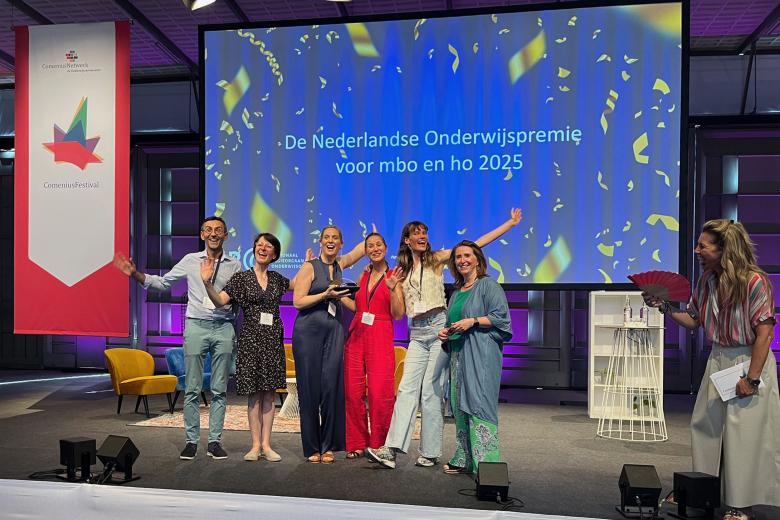“Linguistic diversity in the workplace is a reality”
PhD candidate Daan Hovens is studying multilingualism in the workplace. “It became clear very quickly that it would be Daan”, says his supervisor Leonie Cornips. “I admire his language skills and learn from him to ask my questions clearly in advance.” Hovens: “I enjoy sinking my teeth into a subject.” Both professor and PhD candidate are in agreement: “We need to learn to value people’s creativity in overcoming language barriers.”
There was little doubt that Hovens, a PhD candidate in sociolinguistics, would do participatory fieldwork. How, though? “I had no experience and thought I’d start by doing a literature review and developing a methodology.” He laughs: “But Leonie said you’ll figure it out as you go along, so just get started. And that’s what happened – I trusted her completely.” Cornips: “As soon as you start doing fieldwork you get the hang of it. Daan was no different. It’s a perfect match.”
Before long, Hovens found himself on the assembly line in a metal foundry, where boilers and products for the car industry are manufactured. “I worked all the shifts, helped with making sand cores – moulds that liquid aluminium is poured into – and blasting and milling the final products.”
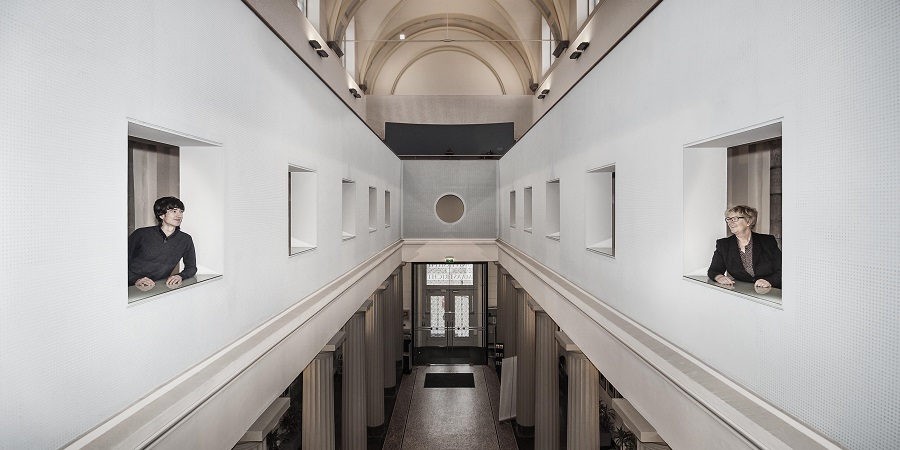
Intrigue
His research focuses on multilingualism in the workplace in the Dutch-German border area. The idea arose from ITEM, the cross-border research centre with which both linguists are affiliated. After all, language can form an obstacle when it comes to crossing borders. They chose a Dutch and a German company with low-skilled workers. “That’s where you find the real language barriers”, Cornips explains.
As professor of Language Culture, she is a strong proponent of ethnographic fieldwork, a new method in sociolinguistics that emphasises listening and observing. “You start by being intrigued by the things you encounter, and then trying to interpret them. What ideologies do these people subscribe to? What is the social significance of a language choice? You can’t answer questions like that with a questionnaire.” In her view, many researchers place too much value and rely too heavily on numbers without considering the factors that may underlie the choice for one language over another.
Innovation
Hovens has since completed his first round of fieldwork. He studied the ways in which the workers communicated with one other, recorded conversations and filmed non-verbal behaviour, paying particular attention to how language barriers arise and how people deal with them in concrete and creative ways. His first conclusion is that linguistic diversity is much greater and more complex than is assumed. “Some of the workers are immigrants, but what’s interesting is they come from both sides of the border. So you’ll have a Syrian refugee who speaks a few words of Dutch alongside a Turk who speaks German. What I noticed was that they used their knowledge of Dutch and German to understand one another, because those languages are closer to one another than Arabic and Turkish. They also made extensive use of nonverbal communication.”
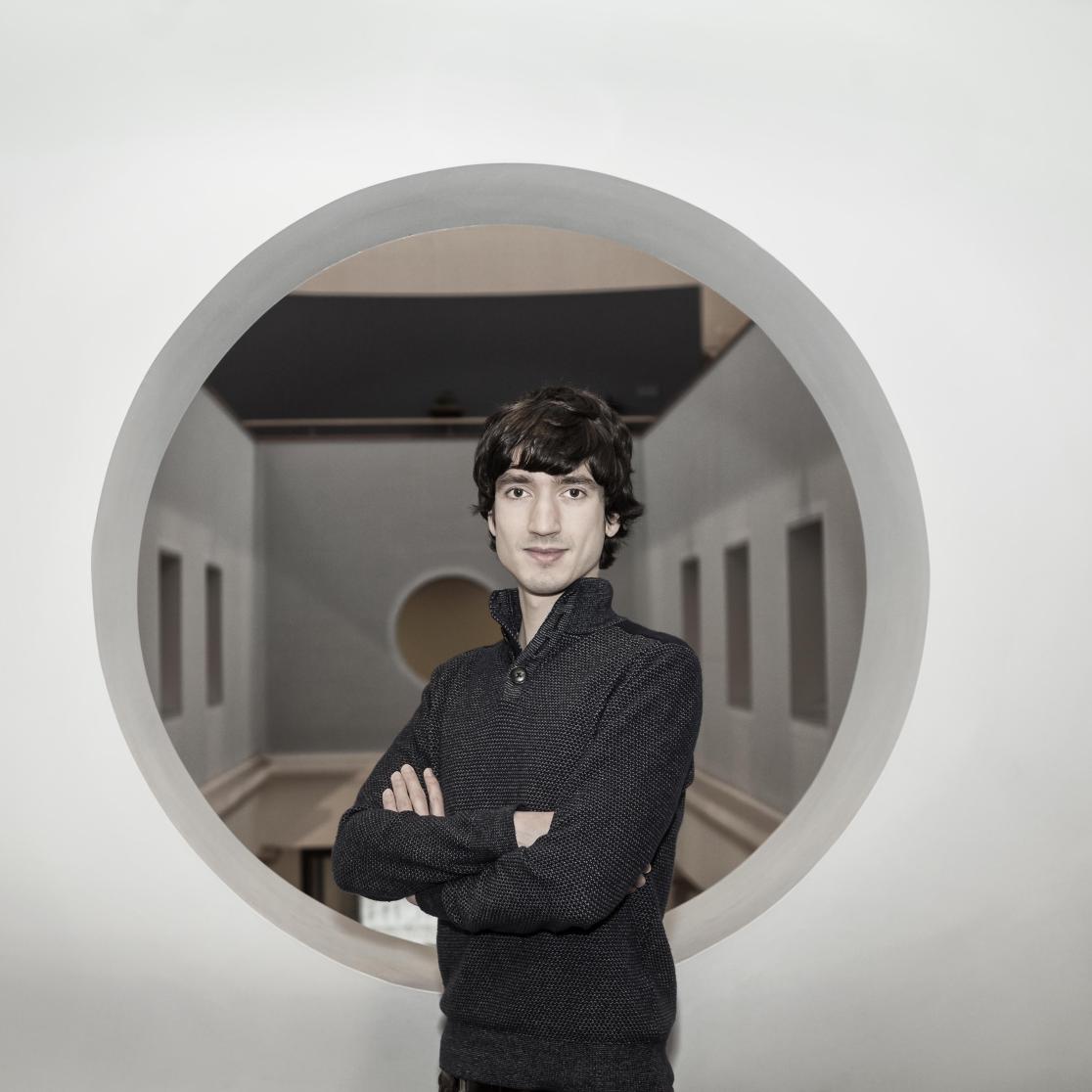
Daan Hovens (1988) has been a PhD candidate at the Faculty of Arts and Social Sciences at Maastricht University since January 2017. He is studying linguistic diversity and communication in multilingual workplaces in the Dutch-German border area. This project is part of ITEM, the Euregional research institute for cross-border cooperation. Besides Leonie Cornips, Hans Schmeets is the second promotor and Dr. Jan ten Thije from Utrecht University is co-promotor.
Cornips describes the various scenarios they predicted they might find. “It could be that workers use their first language only. You might get a lingua receptiva situation, where I speak Dutch and you reply in German. People might choose a lingua franca like English, or a new, hybrid language could even emerge.” Hovens finds it doubtful that a new language might emerge in the workplaces he studied. “The flexible labour market we have today makes that virtually impossible. There’s too much turnover.”
“That’s an important point for your research”, Cornips rejoins. “That the present economic circumstances work against group formation and a target language is an innovative idea. Sociolinguistics assumes that group cohesion arises, but can that really happen when people work somewhere for so short a time?”
Enthusiasm
In terms of what they learn from each other, the roles of student and supervisor seem to be reversed. Cornips: “I’m impulsive and enjoy surprises in my research. From Daan I’ve learned to ask my questions clearly in advance and to come well-prepared; that’s a good trait to have. I also admire his multilingualism. All the languages he speaks fluently!” Hovens appreciates her enthusiasm. ‘It’s very motivating. What’s also great about Leonie, but I’ll never learn myself, is how quickly she responds to emails and whatever I send her. It’s quite miraculous.”
Linguistic diversity
Hovens hopes his research will raise awareness that linguistic diversity in the workplace is a reality. “European migration won’t stop overnight, and as the situation with the Syrian refugees shows, you can’t predict how it’s going to go. So people should be prepared for a degree of unpredictability in the language backgrounds they encounter, and also learn to value the creativity workers show in overcoming language barriers. Migrant workers need to be adequately prepared for the Euregional labour market, and the same goes for pupils from vocational schools in both the Netherlands and Germany, who often end up in these kinds of multilingual workplaces.”
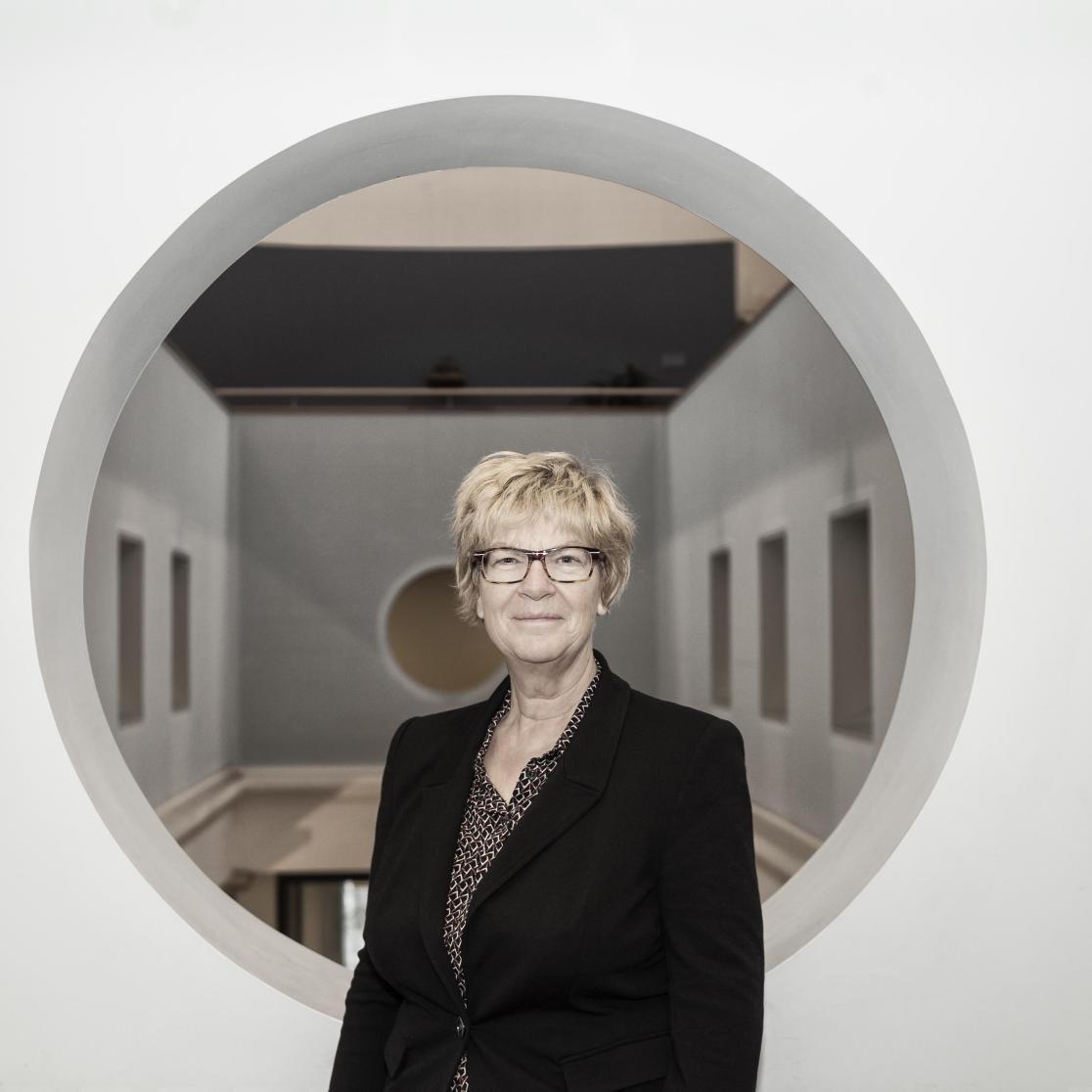
Leonie Cornips (1960) is professor of Language Culture in Limburg at the Faculty of Arts and Social Sciences. She is also a researcher of language variation at the Meertens Institute (KNAW) in Amsterdam. Her book Eigen en vreemd: Meertaligheid in Nederland was published in 2012.
Also read
-
Green light for UM participation in unique YUFE bachelor programme
The UM can start as a degree awarding partner in the new unique bachelor programme Urban Sustainability Studies offered by YUFE (Young Universities for the Future of Europe), an alliance of ten European universities. This week, the UM received a positive outcome of the macro due diligence assessment...

-
Professor Anouk Bollen-Vandenboorn appointed Knight in the Order of the Crown
Prof. Dr Anouk Bollen-Vandenboorn, Director of the Institute for Transnational and Euregional cross border cooperation and Mobility (ITEM) at the Faculty of Law, Maastricht University, was appointed Knight in the Order of the Crown on 3 July, during a formal ceremony at the Belgian Embassy in The...
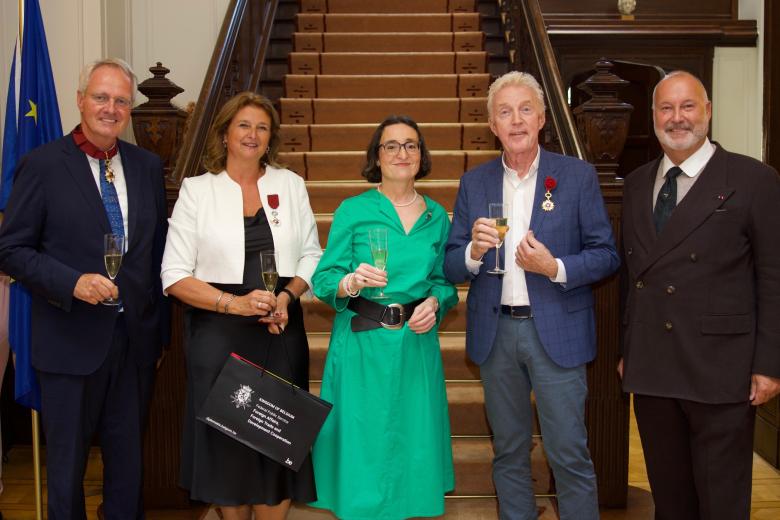
-
Study Smart gets Dutch Education Premium
Maastricht University's (UM) interfaculty educational innovation project Study Smart is one of the three winners of the Dutch Education Premium 2025. This was announced on Tuesday during the Comenius festival in The Hague.
